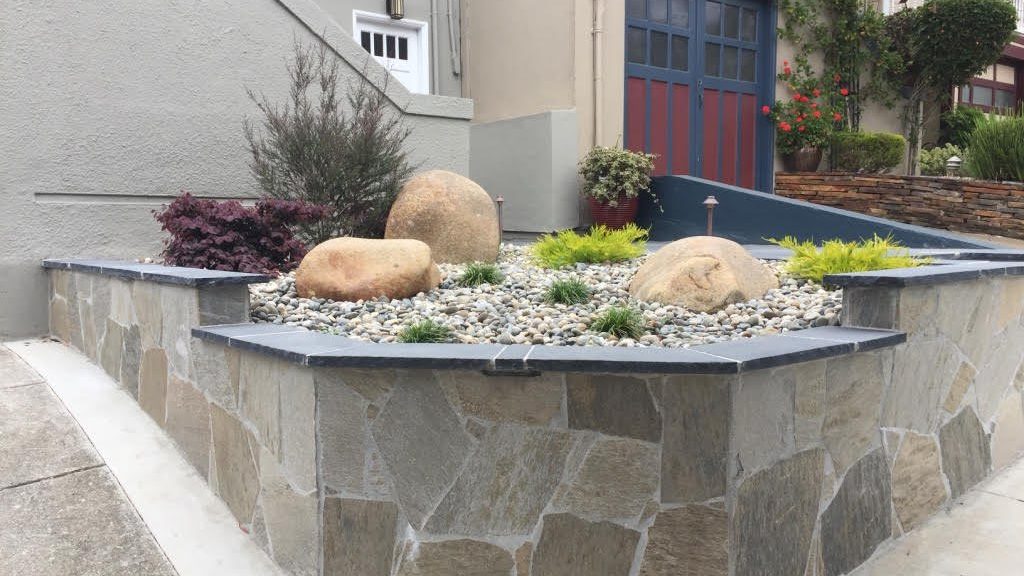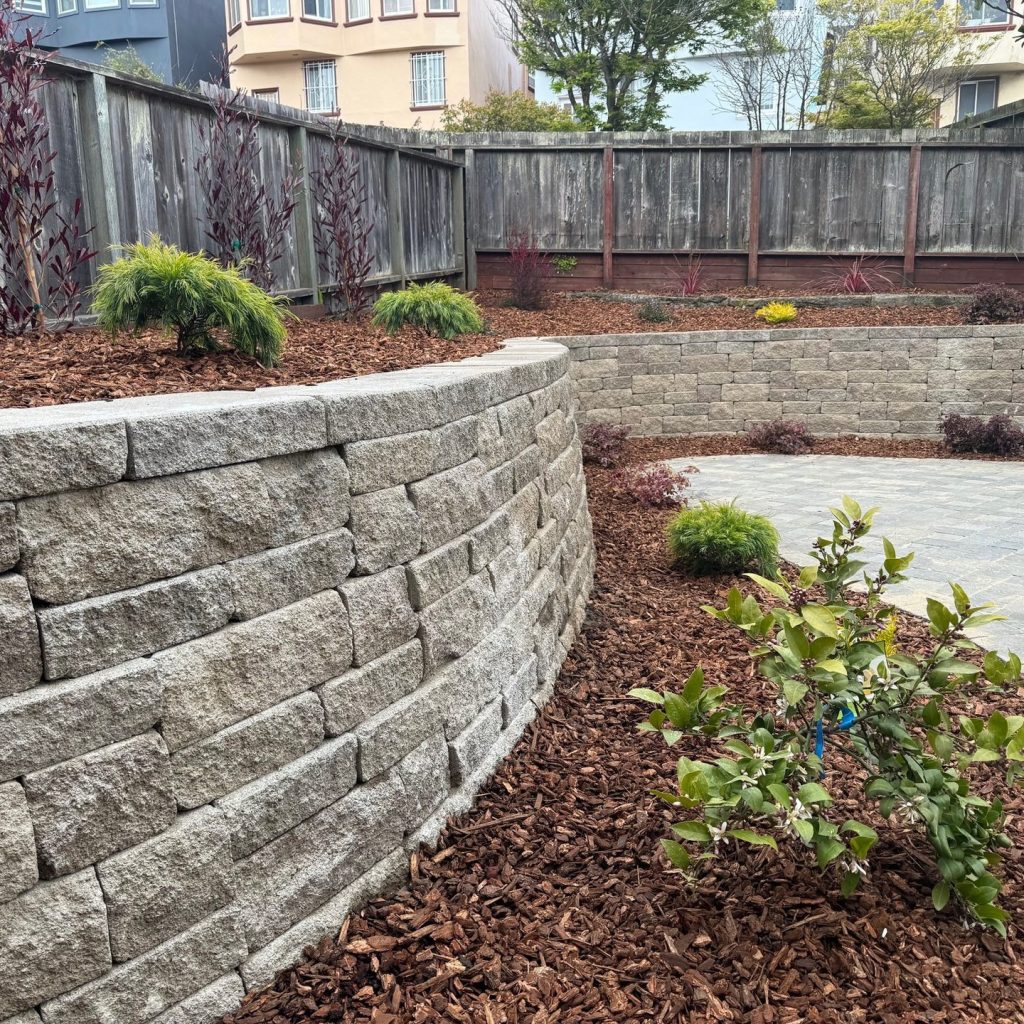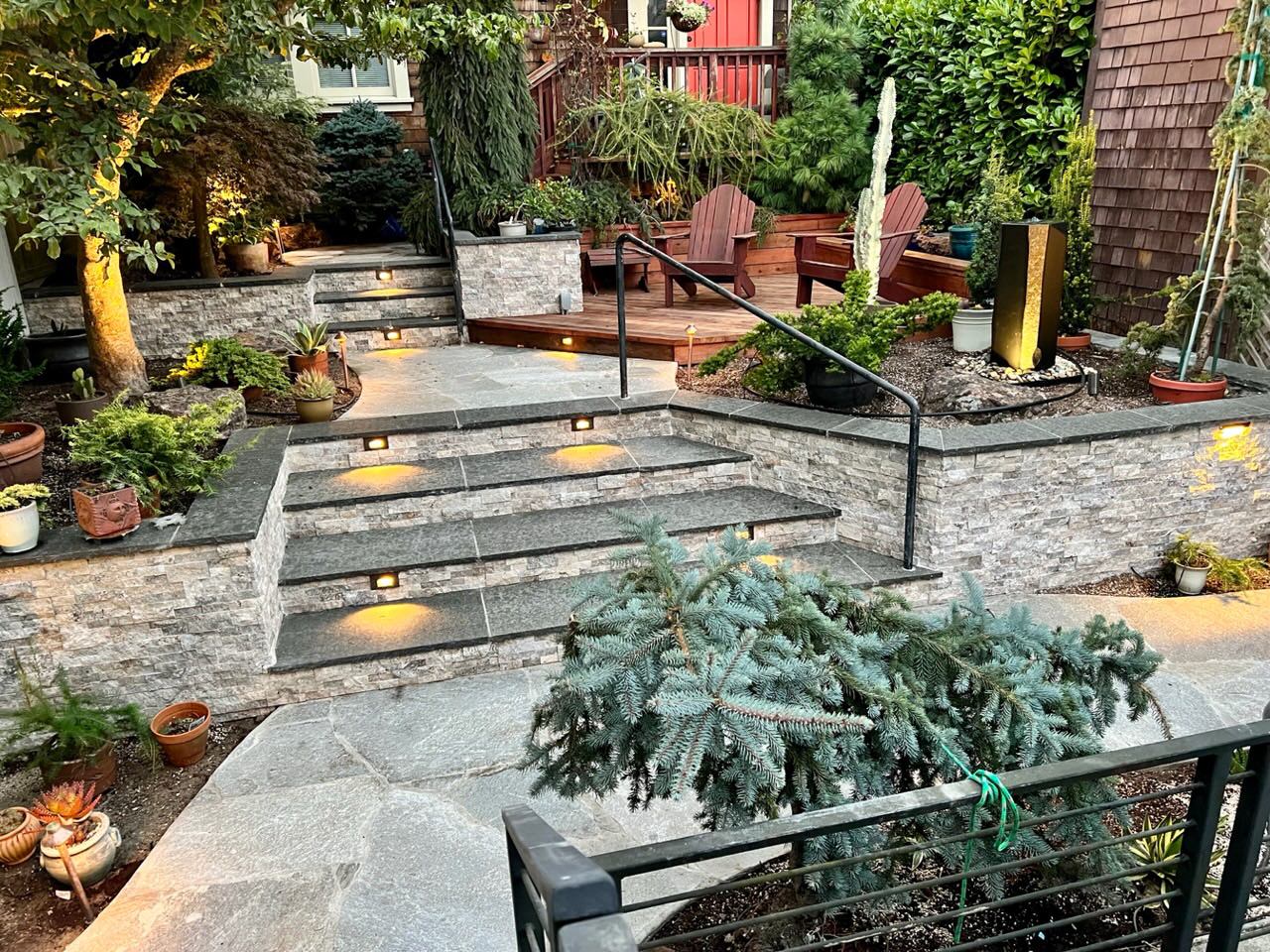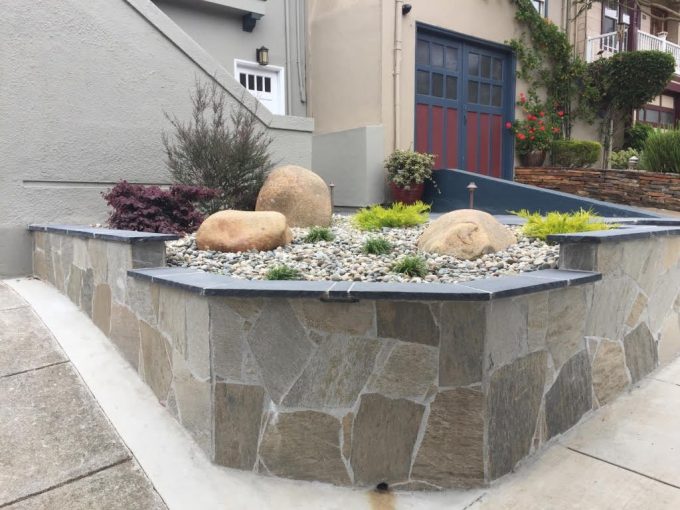
People are drawn to Japanese rock gardens for their peaceful escape from the everyday. The gardens’ beauty, with carefully placed boulders, retaining walls, plants, and flowing water features, creates a space of harmony and balance.
It’s a place to slow down, reconnect with nature, and find a sense of tranquility in everyday living. Japanese rock gardens meticulously sculpt nature’s elements, crafting a serene landscape that creates a peaceful retreat. Creating a harmonious balance is key to fostering a serene environment.
Imagine an oasis of tranquility right in your own backyard, where the soothing murmur of hot water melds seamlessly with an eye-catching garden design. Today, we’ll delve deep into the enchanting world of Japanese gardens, exploring the rich tapestry of design principles that have shaped these serene landscapes through the ages.
Discover the pivotal role of retaining walls, the strategic placement of boulders, and other important elements that are crucial in creating a balanced and harmonious space. By incorporating a focal point into your garden design, you can enhance the sense of peace and beauty, making your San Francisco backyard not just a space but a haven for years of enjoyment. Let’s embark on this journey to transform your outdoor area into a visually stunning and soul-soothing retreat.

A Journey Through Time and the Evolution of Zen Gardens
Japanese gardens have evolved over the centuries. They began as simple designs and became more intricate and beautiful as time passed. Each era in history, from the ancient to more recent times, brought its own unique style. The goal has always been to create opportunities for connecting with nature through a careful balance of water, rocks, landscaping plants, and sand or gravel.
Japanese rock gardens are a testament to the art of meticulous landscape design, having undergone a remarkable evolution over the centuries. From their humble beginnings as modest designs, these gardens have blossomed into complex and breathtaking landscapes as time marched forward. Each era in history, from the ancient times to the more recent periods, has contributed its own distinct flair and philosophy, weaving a rich tapestry of styles that reflect the cultural and spiritual ethos of their times.
The ancient Heian period, for example, introduced the concept of “shinden-zukuri” gardens, designed to complement the architectural elegance of aristocratic estates, with large ponds and carefully placed islands that were meant to be admired from a distance.
In contrast, the later Muromachi era favored “kare-sansui” or dry landscape gardens, where rocks, gravel, and sand were used to represent mountains, rivers, and seas, encapsulating the Zen Buddhist principles of minimalism and introspection.
The underlying goal across these diverse eras has always been to foster a deep connection with nature, inviting contemplation and inner peace. This is achieved through a harmonious balance of water, rocks, landscaping plants, and sand or gravel, each element meticulously chosen and placed to mimic the natural world.
Water, with its ever-changing yet eternal nature, represents life and renewal, while rocks and stones symbolize stability and permanence. Plants add color, texture, and the changing seasons to the landscape, whereas sand or gravel can be raked into patterns that evoke the ripples of water or the contours of the earth.
Paul’s Thoughtful Approach for Your Garden Design
At Tamate Landscaping, we believe that Japanese rock gardens should be a sanctuary for the senses. Paul takes a holistic approach, and carefully considers all natural elements to craft a space that brings you a sense of peace and a deeper connection with nature. We’ll take your desired style, unique space characteristics, and budget into careful consideration. Let’s work together to bring your garden vision to life!
Retaining walls, constructed using the time-tested dry-stack method, are essential in our process. Taking into account sun patterns, drainage, and existing features, we carefully design each aspect. Retaining walls and deliberate boulder placements are essential in creating a serene space of botanical wonder.
Retaining Walls & Materials: Pressure-Treated Lumber, Concrete Masonry Units (CMU), Interlocking Concrete Blocks, and Poured Concrete. We’ll be careful to factor in things like durability, aesthetics, and how well the material can blend in with your overall design scheme.
Retaining walls provide the structural support that can help level uneven terrain. They also add greatly to a garden’s aesthetic appeal and the accommodation of numerous garden elements. They can also help you control erosion, manage water flow, and potentially increase your home’s value.
Rock & Boulder Materials: We carefully choose boulders and rocks for their size, texture, and symbolism, and we place them in ways that create a sense of splendid balance in the landscape. Rocks and boulders can consist of granite, limestone, sandstone, basalt, slate, or river stones. Their scale, texture, and arrangement become a conversation with nature, respecting nature’s beauty and impermanence. Stone lanterns, meticulously positioned, can also add an additional element of Japanese garden ambiance.

The Most Alluring Garden Designs
Paul asserts that the most enthralling Japanese garden designs are those that embrace the subtle yet profound beauty of imperfection. At the heart of these captivating landscapes is the principle of wabi-sabi, an aesthetic philosophy deeply ingrained in Japanese culture, which finds beauty in the natural decay and the graceful aging of the world around us.
It celebrates the rustic charm of stones cloaked in velvety moss, the ephemeral beauty of cherry blossoms that bloom brilliantly only to swiftly scatter in the breeze, and the perpetual cycle of garden blooms that flourish and fade. This nuanced appreciation of nature’s transient beauty, known as the “empathy of things,” is delicately woven into the very fabric of every Japanese garden design, creating a space that resonates with the soul’s yearning for natural authenticity.
In this context, Japanese maples and cherry trees stand as the epitome of the wabi-sabi philosophy. These trees, with their fleeting blossoms and leaves that change color with the seasons, symbolize the elegant dance of life and death, of growth and decay.
They reflect a deep understanding of the impermanent nature of existence, encouraging us to find beauty in the moment, to appreciate the simple and the unrefined, and to recognize the profound lessons hidden in the natural cycle of the world. Through Paul’s eyes, the most alluring Japanese gardens are those that invite us to pause and reflect, to appreciate the serene beauty of imperfection, and to connect with the deeper rhythms of nature and existence.
We’d Love to Design Your Haven of Tranquility
Just imagine the feeling of stepping outside your door and entering a world of peace. A Japanese garden, meticulously designed with well-placed boulders and natural retaining walls, offers more than just aesthetic beauty. In your mind’s eye, envision carefully raked gravel that invites contemplation, the sound of trickling water soothing your soul, and the moss-covered stones that remind you of time’s gentle passage.
Modern Japanese gardens continue this tradition, blending historical design principles with contemporary needs, creating spaces that not only pay homage to their rich heritage but also serve as serene escapes from the hustle and bustle of daily life. Whether in a sprawling public garden or a compact urban backyard, the essence of the Japanese garden lies in its ability to transport the mind to a tranquil world of natural beauty and zen-inspired simplicity.
If you have a deep interest and love for traditional Japanese culture, we can create the perfect tea garden that celebrates the Japanese tea ceremony. Consider a harmonious and simple design with elements like pagodas, stone paths, arched bridges, and serene koi ponds.
When you’re ready to explore all the possibilities and benefits of creating a serene Japanese garden, reach out to Paul Tamate and schedule a consultation. He has a passion for helping people create a beautiful outdoor space.



